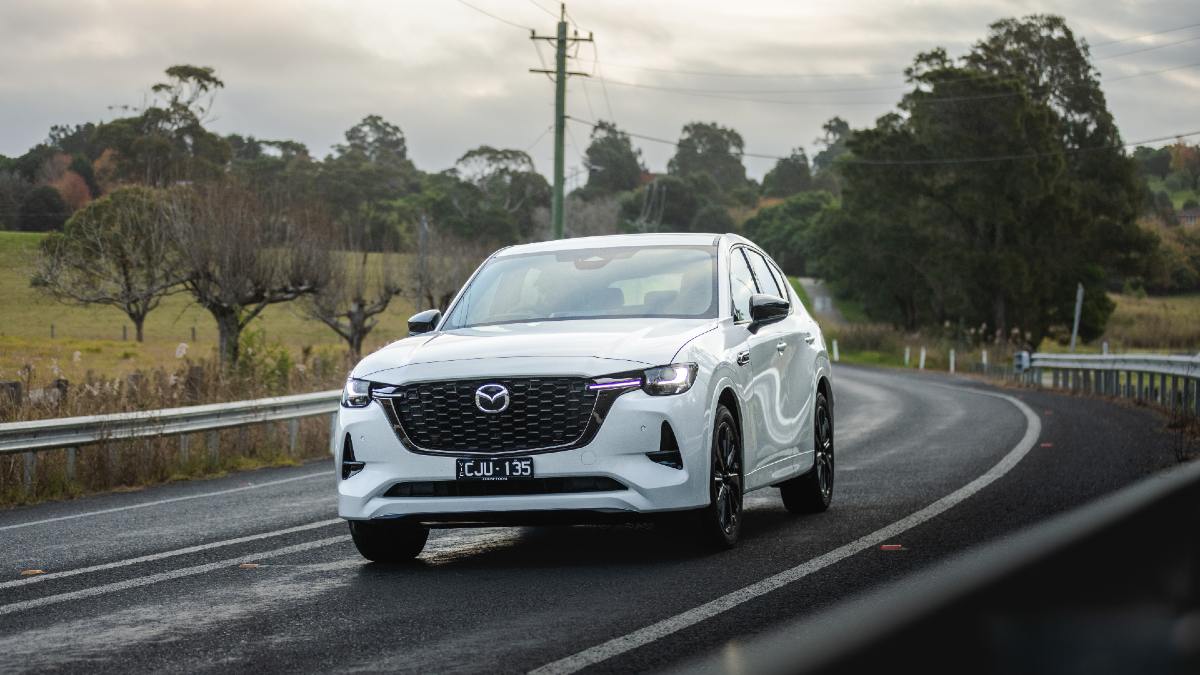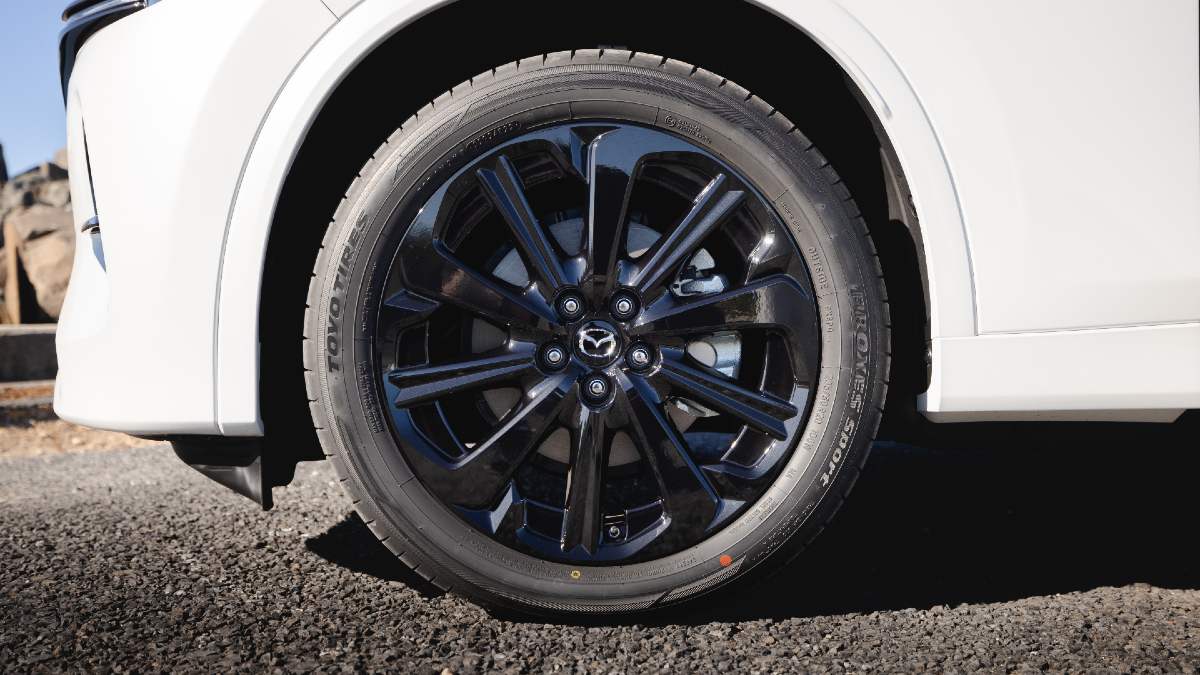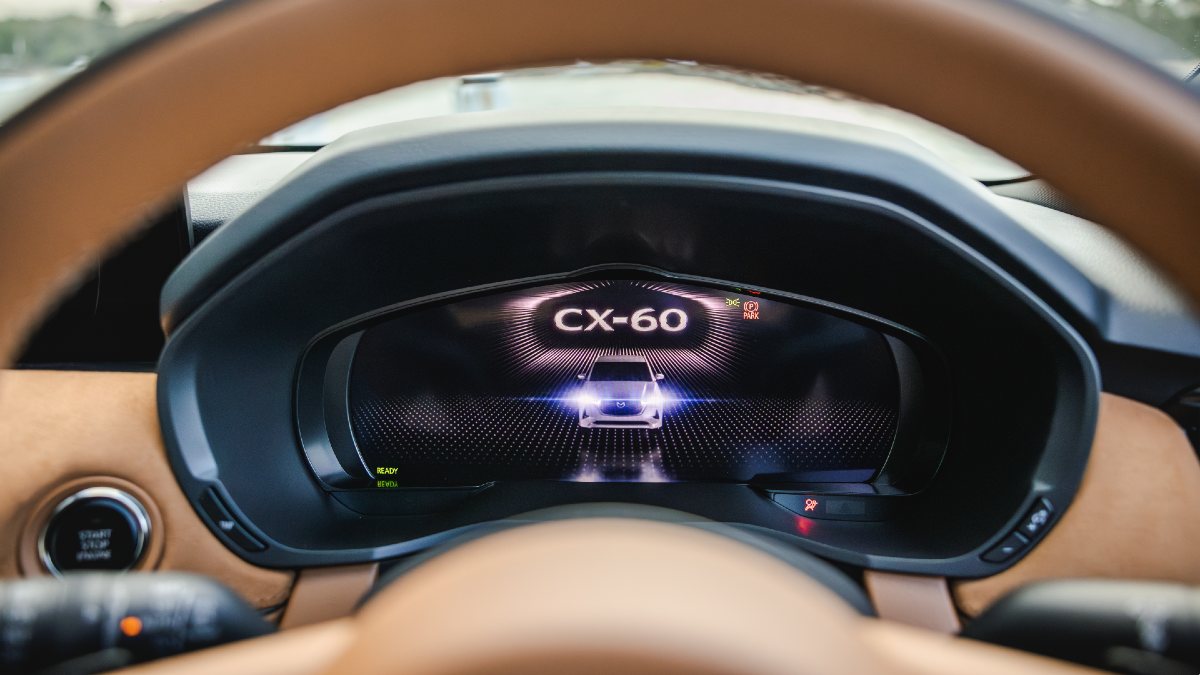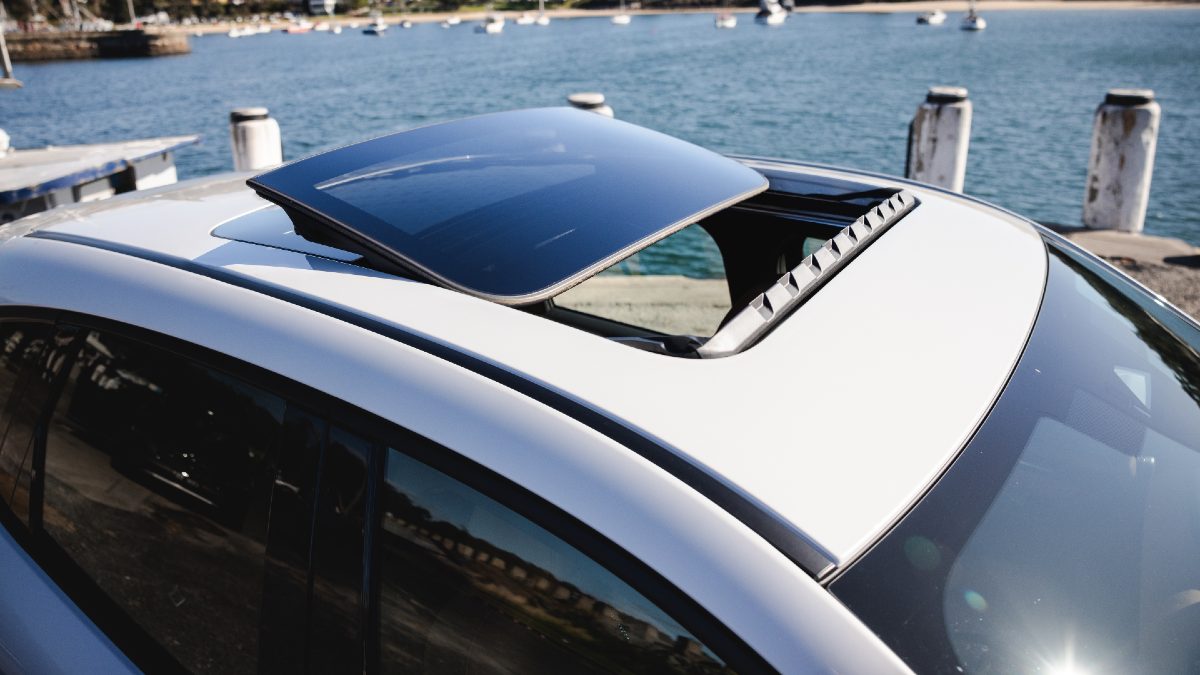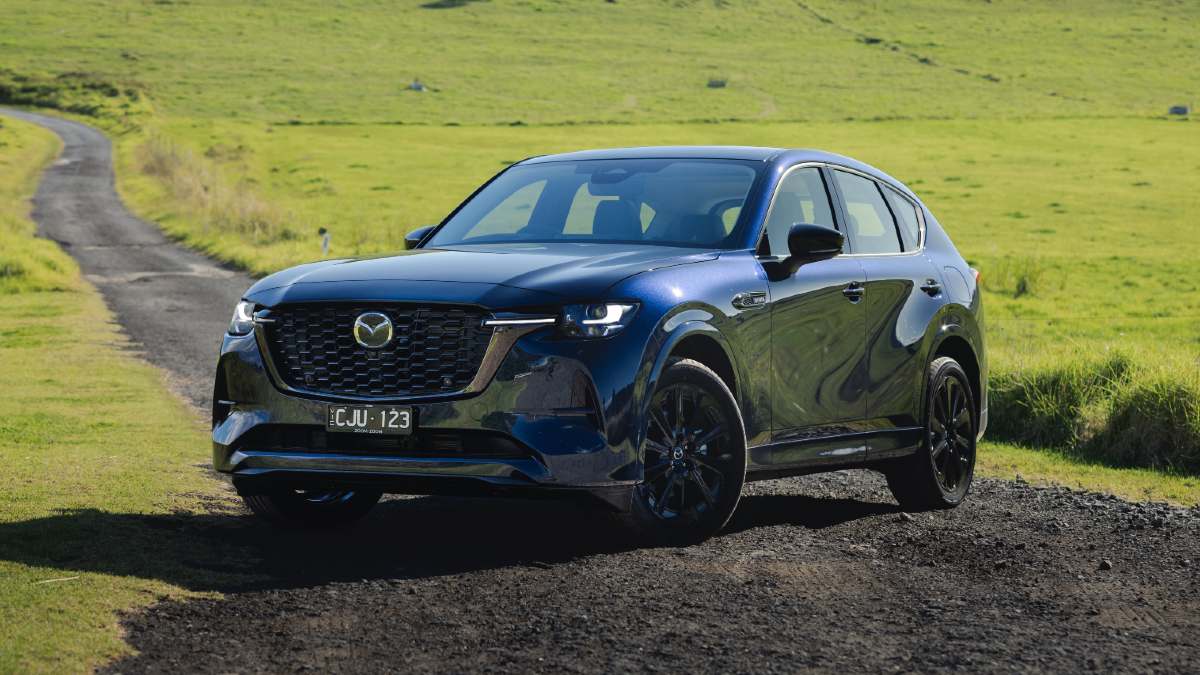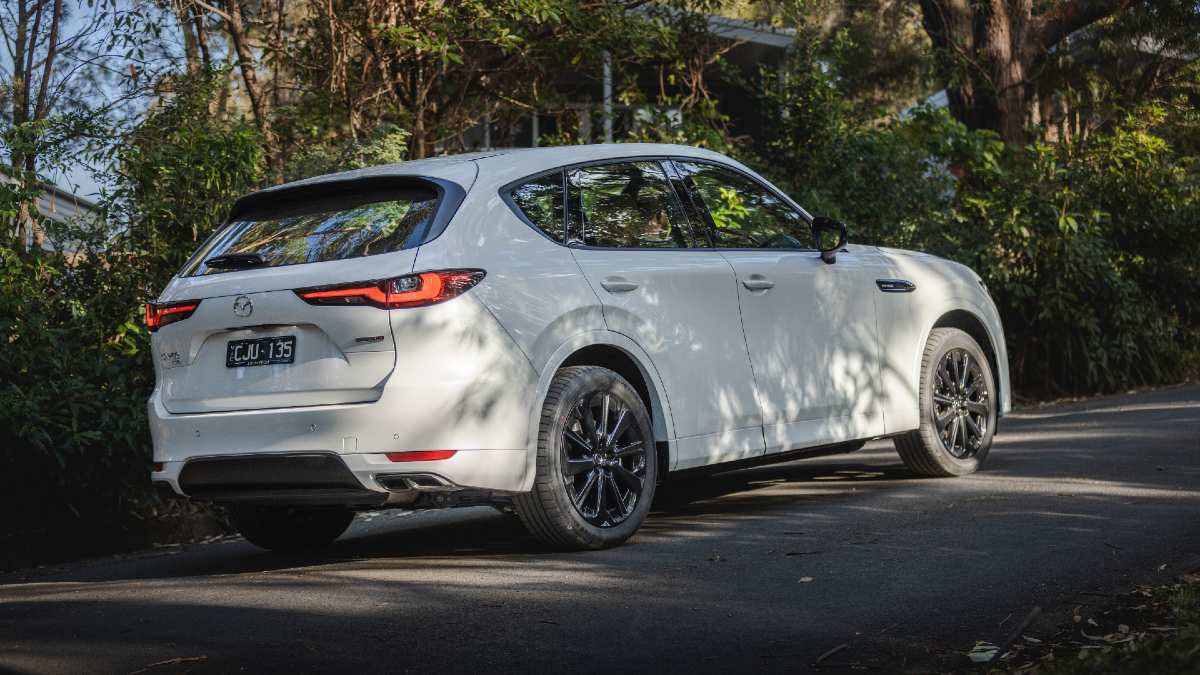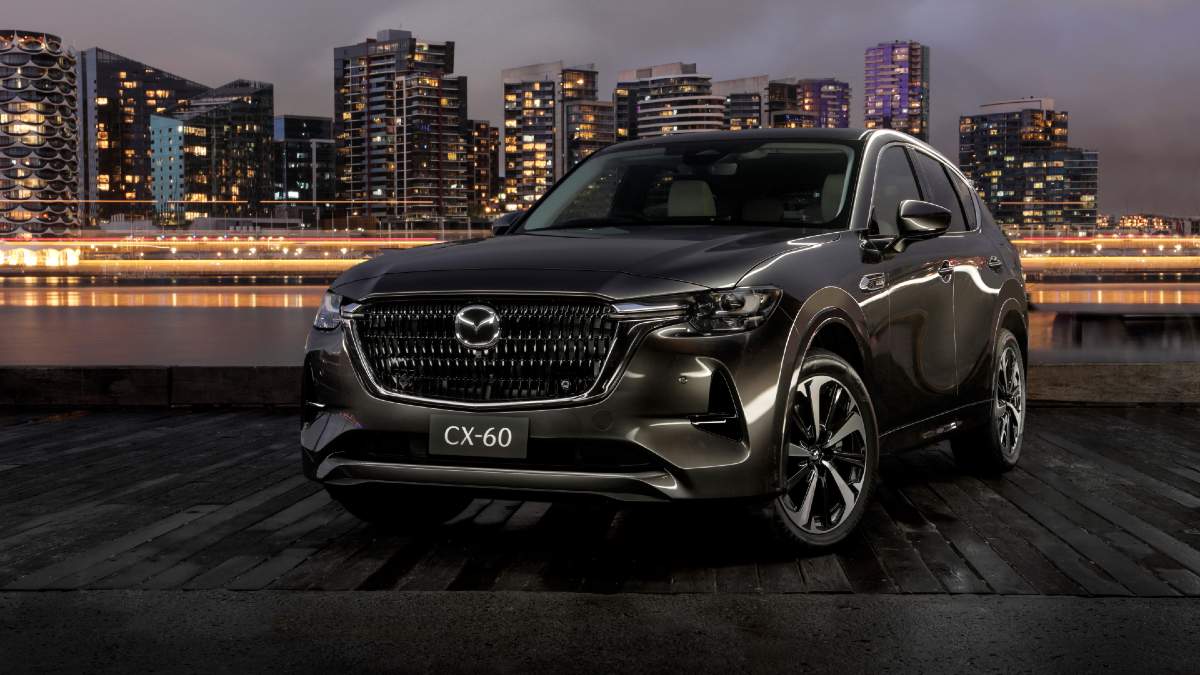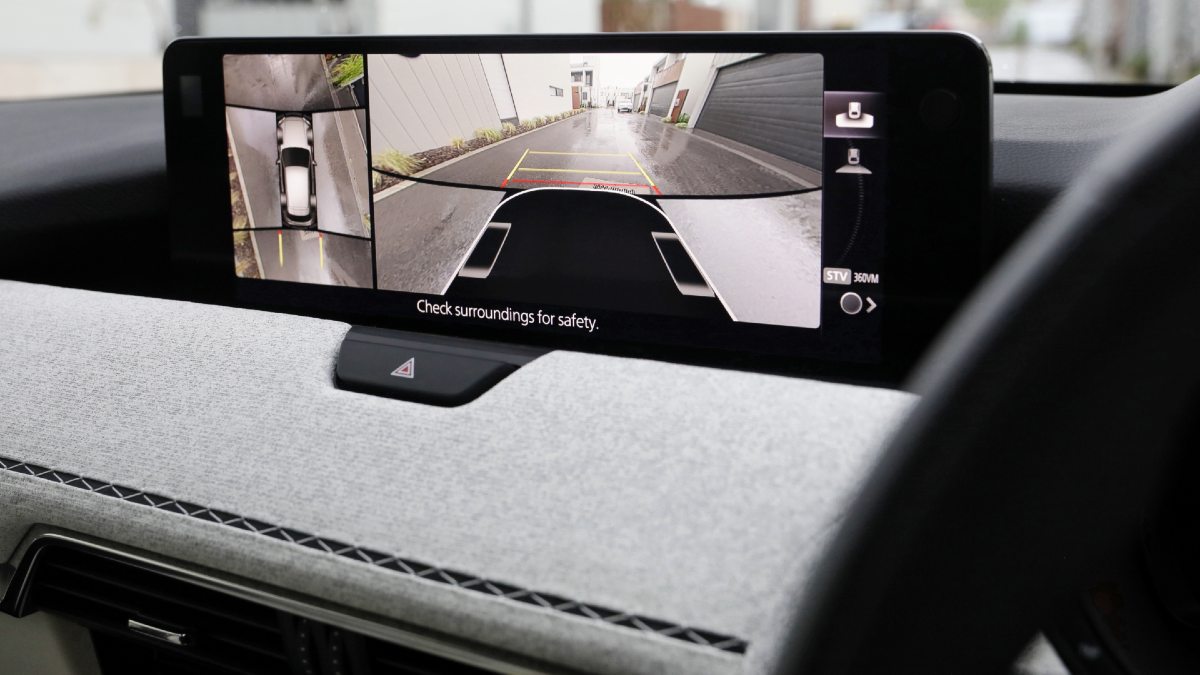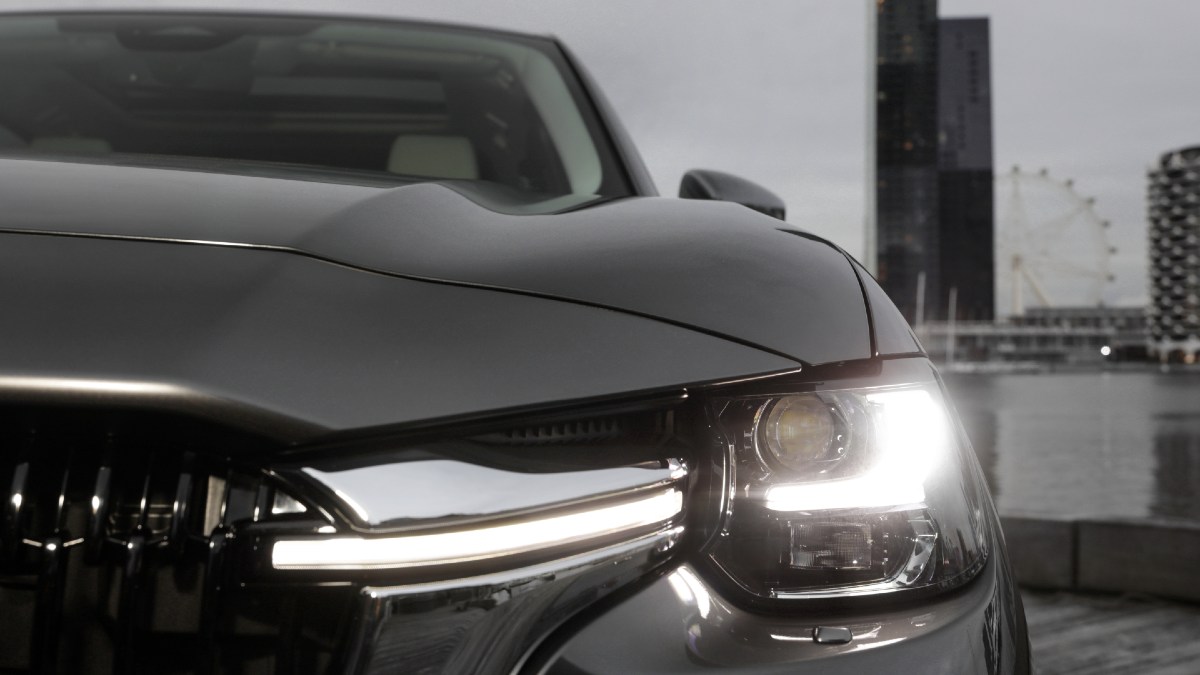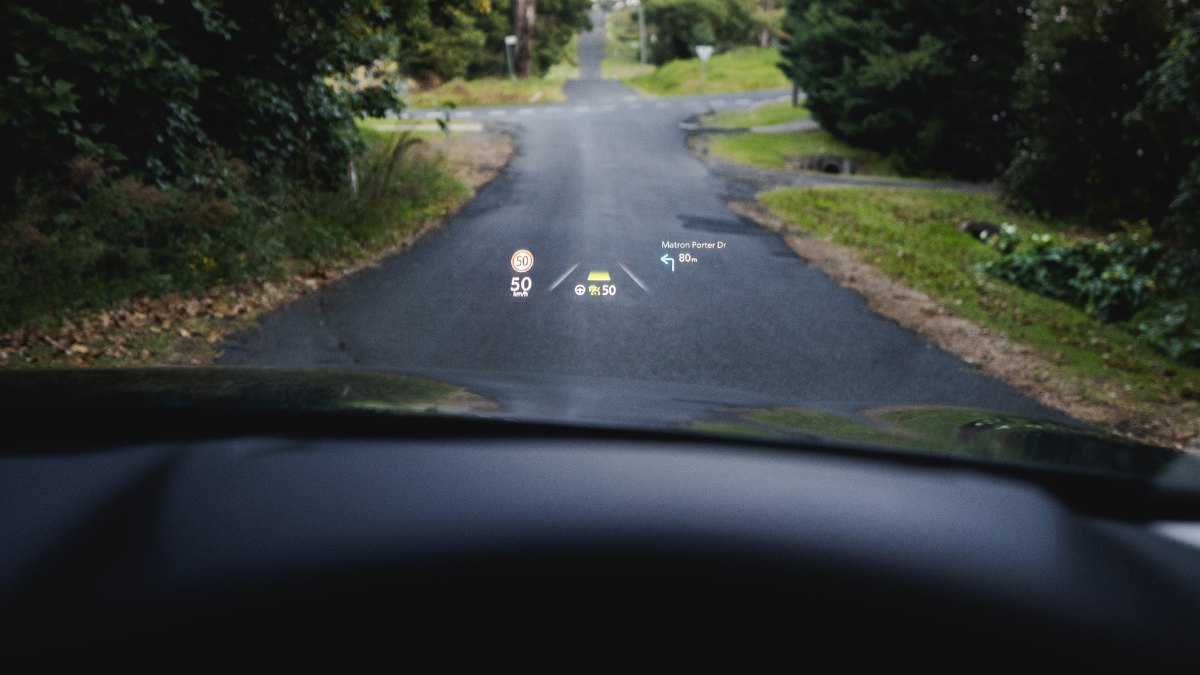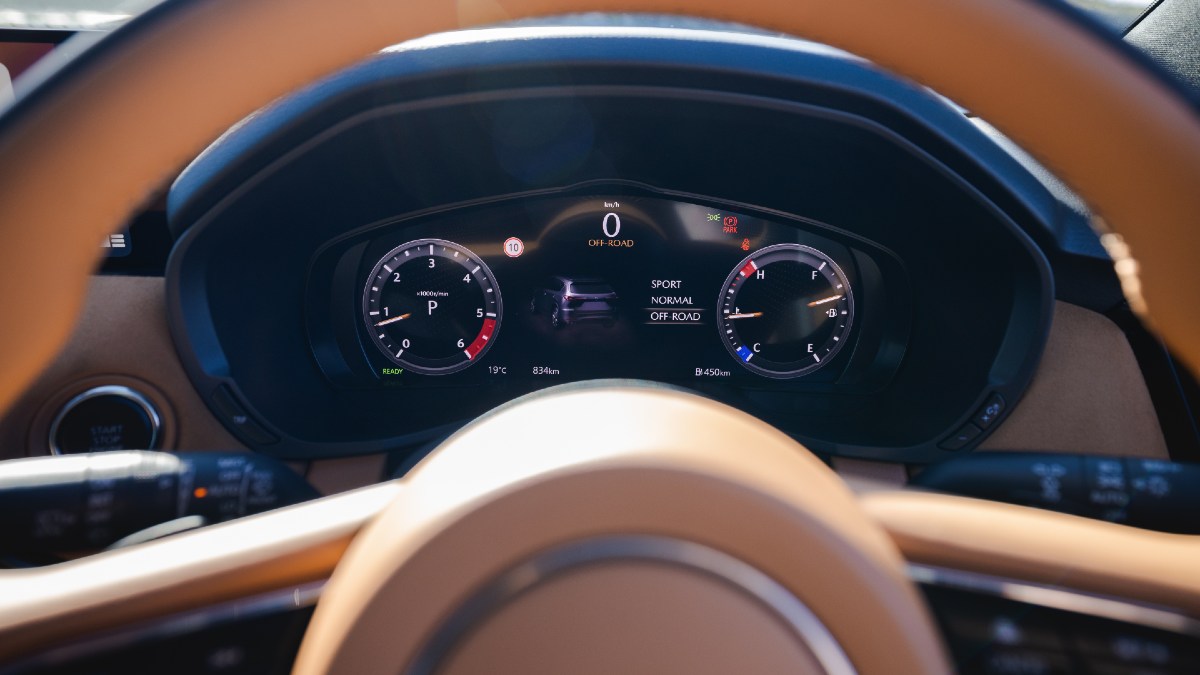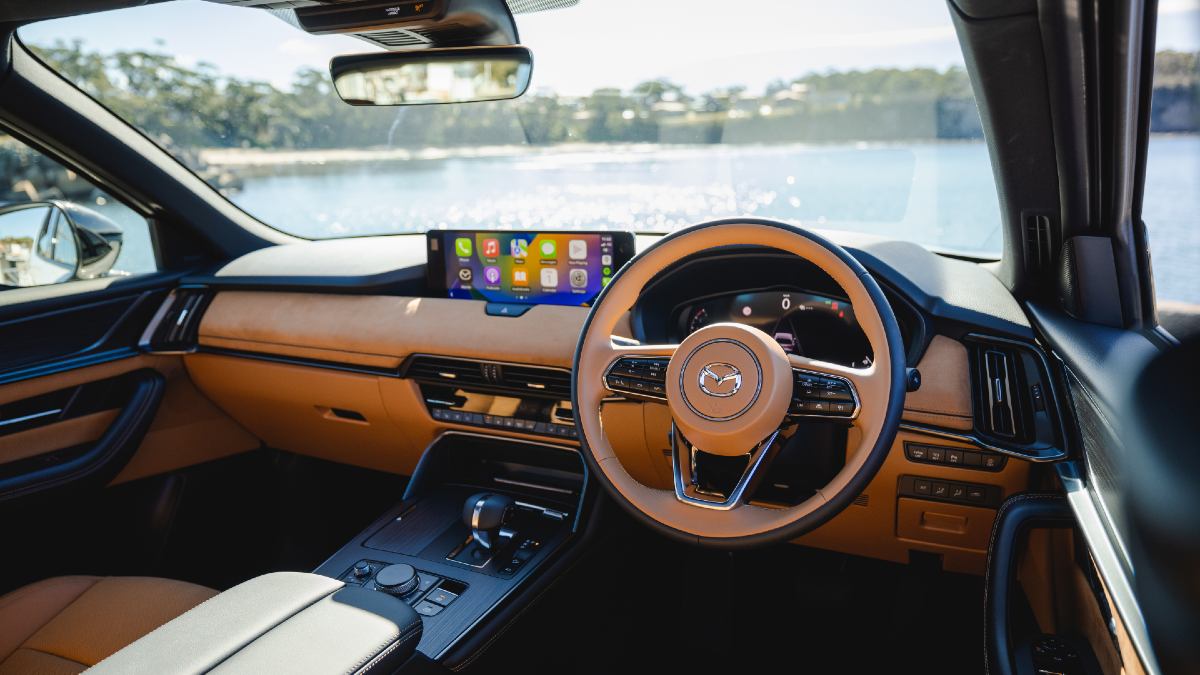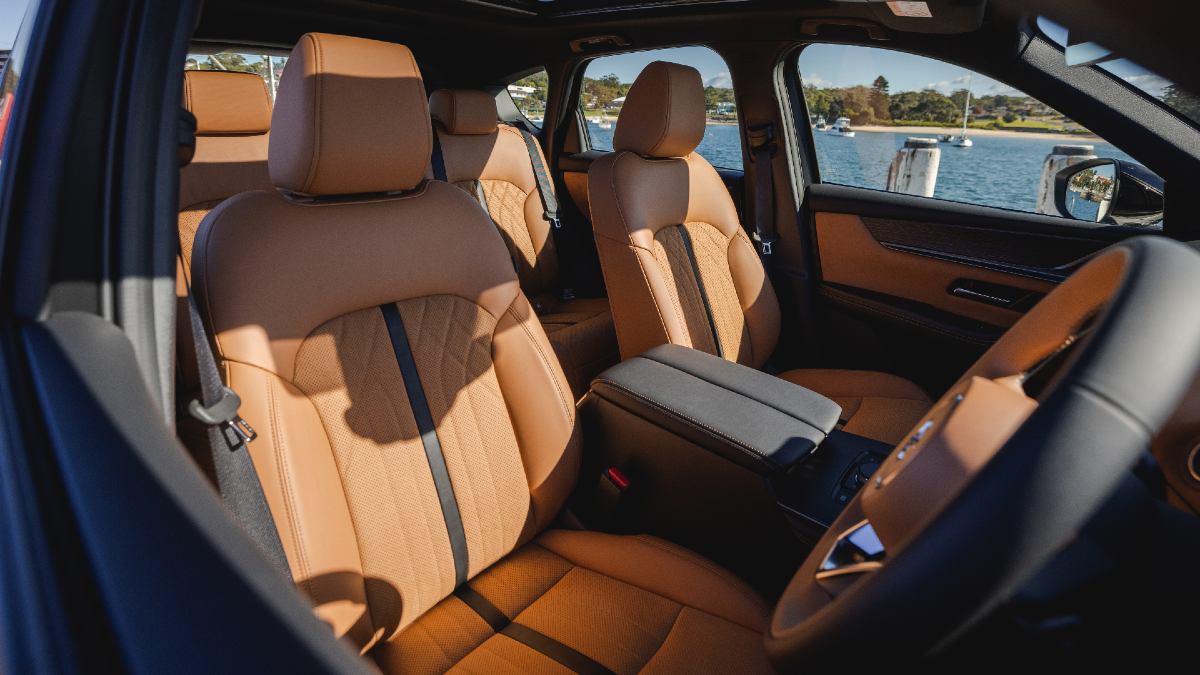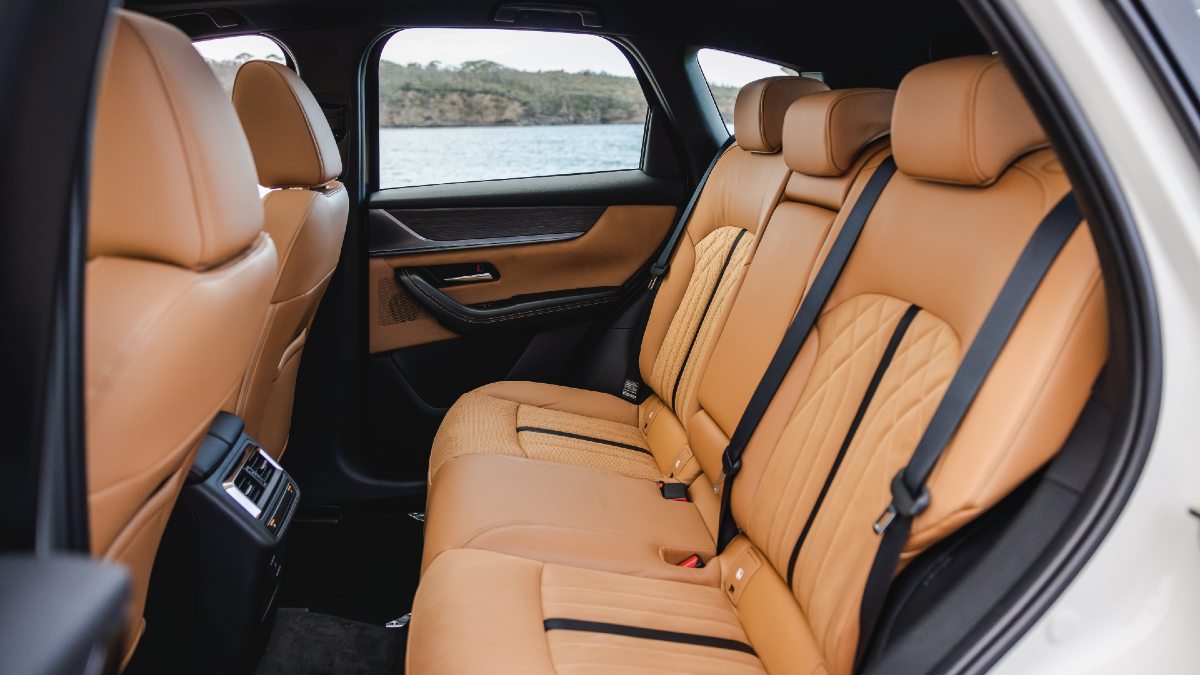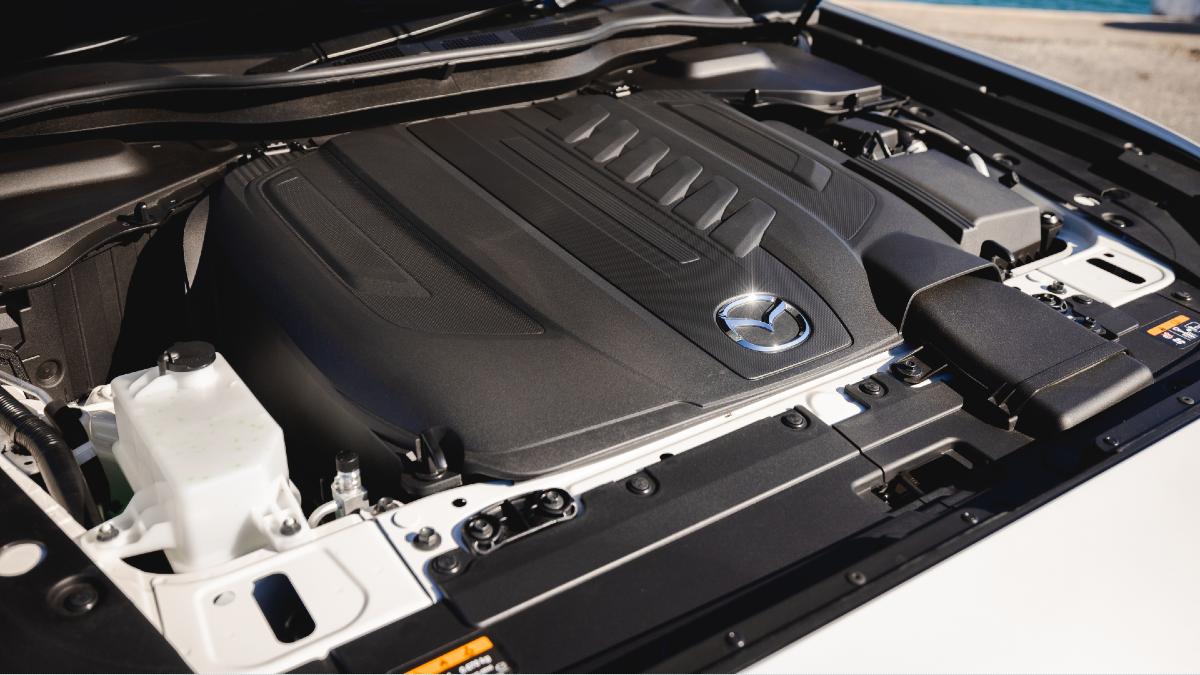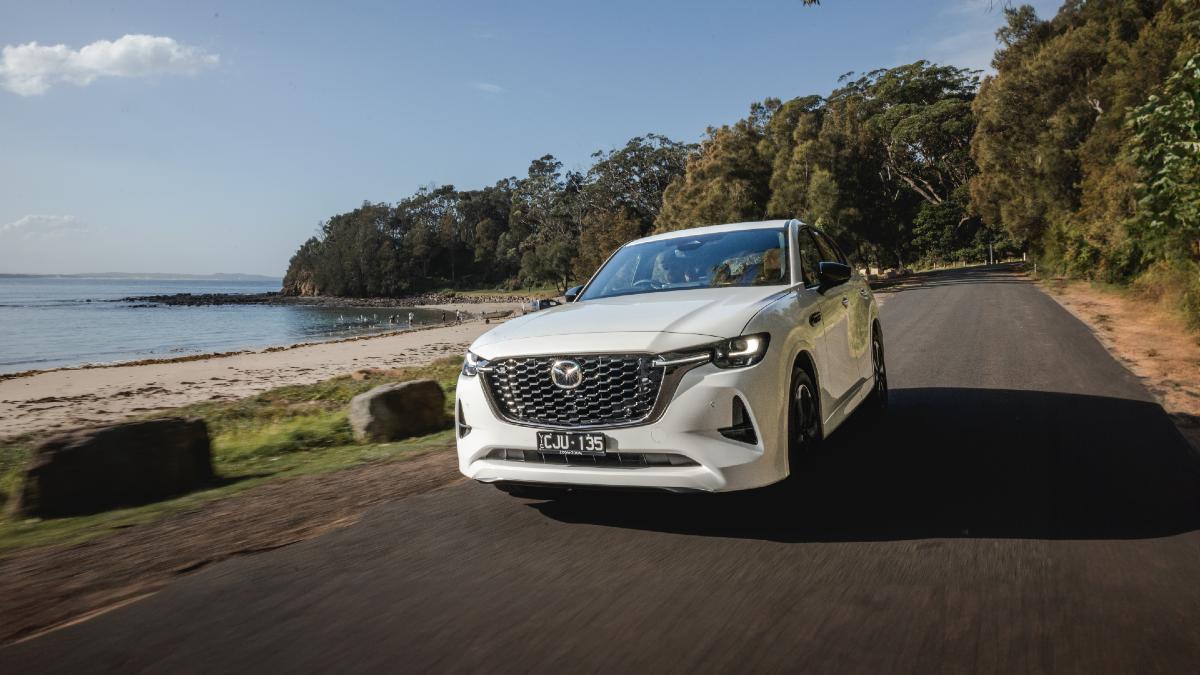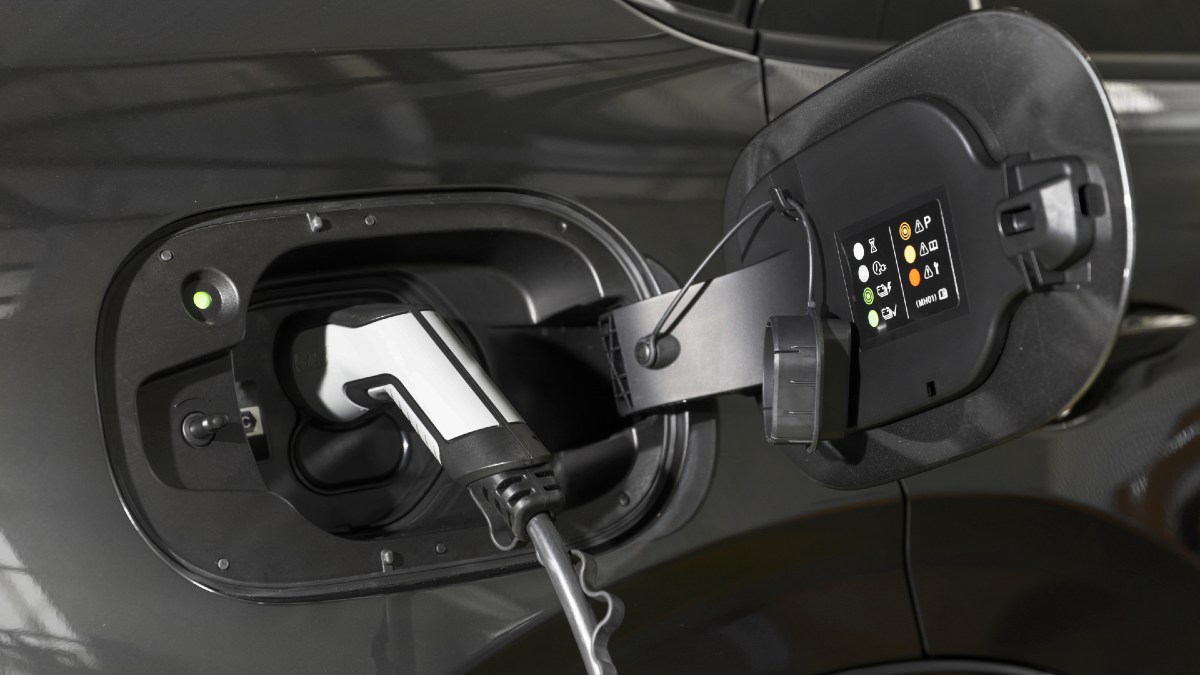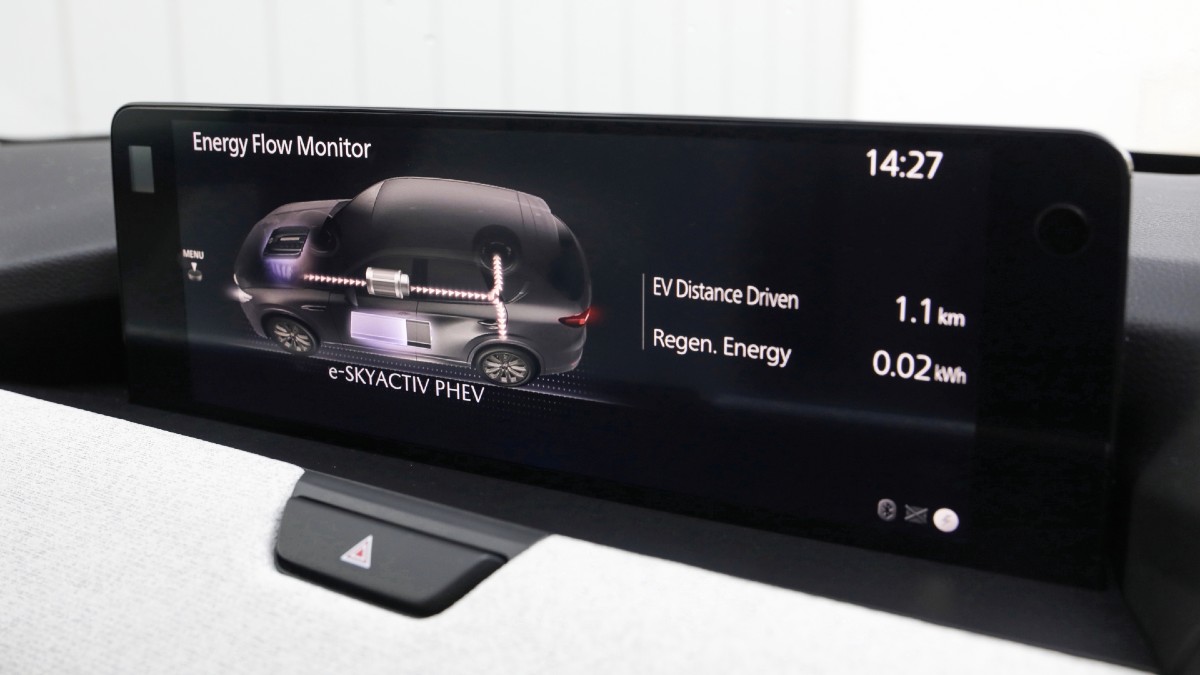The ninth-generation Toyota HiLux has arrived, bringing with it a futuristic forward exterior design, more safety and tech and the same rugged capability owners love. Will the updates tempt private buyers away from the Ford Ranger or are they just enough to keep fleets onside?
2023 Mazda CX-60 review

The brand new Mazda CX-60 is a premium mid-size SUV that is key to the Japanese automaker's shift upmarket. Does the Mazda CX-60's driving experience justify its circa-$60,000 price?
We have a distorted view of Mazda in Australia because it is so popular. But globally, Mazda is only a small independent manufacturer, making its way in a brutal industry without the protection of a parent company. What that boils down is constant pressure to make every new model release a commercial hit.
All of which makes the Mazda CX-60 an incredibly bold venture. Mazda wants to go upmarket and charge more money and make more profit from each car it builds. This five-seat medium SUV with a brand-new nameplate is that ambition realised.
As a result, the Mazda CX-60 rolls on a new platform, features new inline six-cylinder petrol and diesel engines and offers brand’s first plug-in hybrid as part of the line-up.
On this page
- Pricing and models
- Safety equipment
- Interiors and design
- Engine, specs and fuel efficiency
- Performance and handling
Mazda CX-60 pricing and models
There are nine Mazda CX-60 models spread across three equipment lines and three powertrains.
The three equipment levels are Evolve, GT and Azami. The three powertrains are a 3.3-litre inline six-cylinder turbo-petrol mild hybrid (G40e), a 3.3-litre turbo-diesel mild hybrid (D50e) and the aforementioned 2.5-litre petrol-electric plug-in hybrid (P50e).
All three engines drive all four wheels via a new eight-speed automatic transmission.
Pricing for the Mazda CX-60 starts out just below $60,000 and tops out at more than $85,000 plus on-road costs, placing it up against models like the Audi Q5, Lexus NX and Genesis GV70.
The Mazda CX-60 is also priced in the vicinity of the battery electric Tesla Model Y, which is dominating sales in the premium medium SUV segment.
As an equipment baseline, all Mazda CX-60 variants get alloy wheels, keyless entry, dual-zone climate control, embedded satellite-navigation, wireless Android Auto and Apple Carplay connection, wireless smartphone charging and four USB-C points.
You have to step up to the Mazda CX-60 GT variant for leather seat trim and power adjustment of the front seats, the larger fully digital infotainment screen and instrument cluster, powered steering wheel adjustment, a panoramic sunroof and a new facial recognition system that sets driver preferences for seat, steering wheel, external mirror positioning and the head up display.
Among a few other things, the flagship Mazda CX-60 Azami adds seat ventilation, Nappa leather, ambient lighting and a more sophisticated form of the facial recognition system.
All models come with a space saver spare tyre supported by tyre pressure monitoring.
The Mazda CX-60 comes protected by a five-year/unlimited kilometre warranty and five years roadside assistance.
The service intervals for the Mazda CX-60 are 12 months or 15,000km, whichever comes first. All three powertrains come with capped price servicing programs. The first five services average out at $673 for the G40e, 643.40 for the D50e and $518 for the PHEV.
Mazda CX-60 safety equipment
The 2023 Mazda CX-60 range has been recently confirmed with the maximum five-star ANCAP safety rating.
It also comes with critical safety gear such as autonomous emergency braking and suite of airbags that includes near-side (to prevent head knocks between front passengers) and rear side airbags.
The AEB system detects pedestrians and cyclists day or night and monitors for potential issues behind the car and with turn-across traffic.
The Mazda CX-60 can adaptively set its speed, self-steer in its lane, monitor blind spots, avoid or minimise junction and reversing collisions and warn the driver if it judges attention is wandering.
Some new features include a see-through view for the 360-degree camera (standard only on the Azami variant), traffic sign recognition and a safe exit warning for passengers.
Mazda CX-60 interiors and design
Almost all Mazdas on sale today have their engines sitting transverse across the engine bay. This is done primarily for packaging reasons. The Mazda CX-60 drivetrain sits lengthways in the engine bay, something emphasised by its long-bonnet cab-backward exterior style. The result of that is the Mazda CX-60 measures up bigger than the Mazda CX-5 medium SUV, but really doesn’t offer much more interior space.
That’s especially noticeable in the rear seat of the Mazda CX-60 where legroom for taller people is not generous. It’s also the case in the boot, which is a good size without being a leader in the medium SUV class.
What you are paying for in the Mazda CX-60 is a clean and elegant version of a design that is essentially familiar to anyone who has spent any time in recent Mazdas. The standard of the materials is high and the way it is all assembled is typical of Mazda’s excellent Japanese build quality.
A key aspect of living with Mazdas is understanding its strategy of keeping driver distraction to a minimum. The CX-60’s infotainment screen is not a touchscreen, the instrument display doesn’t have endless configurations and a HUD on the windscreen relays essential information without eyes having to be diverted from the road.
Mazda CX-60 engine, specs and fuel efficiency
The petrol version of the new Mazda CX-60 inline six is expected to be the most popular choice in the range. That’s understandable, as the diesel commands a $2,000 premium and the PHEV $12,500.
With some assistance from an e-motor sitting in the transmission tunnel between the engine and the auto, this DOHC 24-valve turbocharged 3.3-litre engine makes 209kW at 5000-6000rm and 450Nm between 2000 and 3500rpm.
The diesel produces 187kW at 3750rpm and 550Nm from 1500-2400rpm. The PHEV is the most powerful powertrain Mazda has ever sold in Australia (until the larger Mazda CX-90 launches in August) with a combined 241kW at 6000rpm and 500Nm at 4000rpm.
The official combined fuel consumption claim for the 2023 Mazda CX-60 GT G40e is 7.4L/100km. We returned a real-world average of 9.3L/100km during this test.
The G40e can run on the cheapest 91 RON fuel and has a 58-litre fuel tank.
The PHEV prefers 95 RON and claims a miserly 2.1L/100km. Of course, that’s based on a lot of EV-only running. In the real world we saw a still excellent 3.5L/100km.
The diesel’s claim is 4.9L/100km and we averaged 6.0L/100km according to the trip computer.
Mazda CX-60 performance and handling
Mazda has become one of Australia’s most popular and respected mainstream car brands by producing a stream of cars and SUVs that are enjoyable to drive and live with.
But it has fallen short with this first attempt at a premium model.
The primary problem is the ride quality, which on the large 20-inch wheels employed by the GT and Azami is too stiff, intrusive and noisy.
The Evolve’s 18-inch wheels provide a more compliant experience.
Ride quality also varies by tyre choice. The Mazda CX-60 comes shod with three different brands of tyres and of the two 20-inch choices we sampled, the Toyo Proxes was preferred.
On smooth roads the Mazda CX-60 hinted at what it could be, handling neatly and steering accurately.
The powertrains also left us with mixed feelings. The diesel is the best all-round choice because it has the most response at low engine speeds. This is very handy when driving in town.
By comparison, the petrol inline six engine is lacking at idling speeds and really needs some revs onboard to become involving to drive.
More disappointing was the PHEV drivetrain, which shuddered and clunked and sometimes reacted with pauses and surges when asked to accelerate with vigour.
Overall, the Mazda CX-60 drive experience was somewhat confusing. It feels like there’s a good car in here trying to get out, but more refinement is required to make it the true premium experience Mazda is aiming for.
The information provided is general advice only. Before making any decisions please consider your own circumstances and the Product Disclosure Statement and Target Market Determinations. For copies, visit racv.com.au. As distributor, RACV Insurance Services Pty Ltd AFS Licence No. 230039 receives commission for each policy sold or renewed. Product(s) issued by Insurance Manufacturers of Australia ABN 93 004 208 084 AFS Licence No. 227678.
